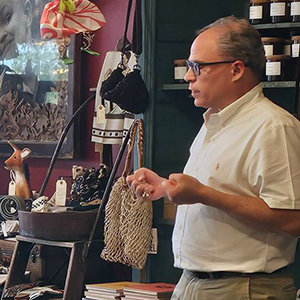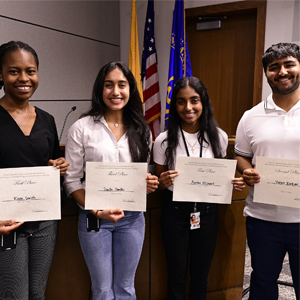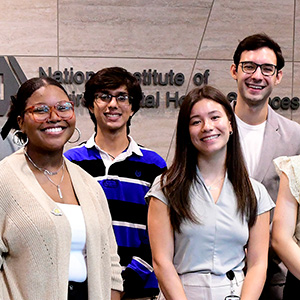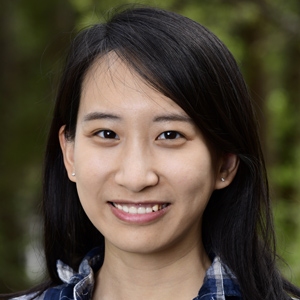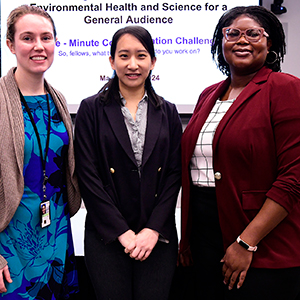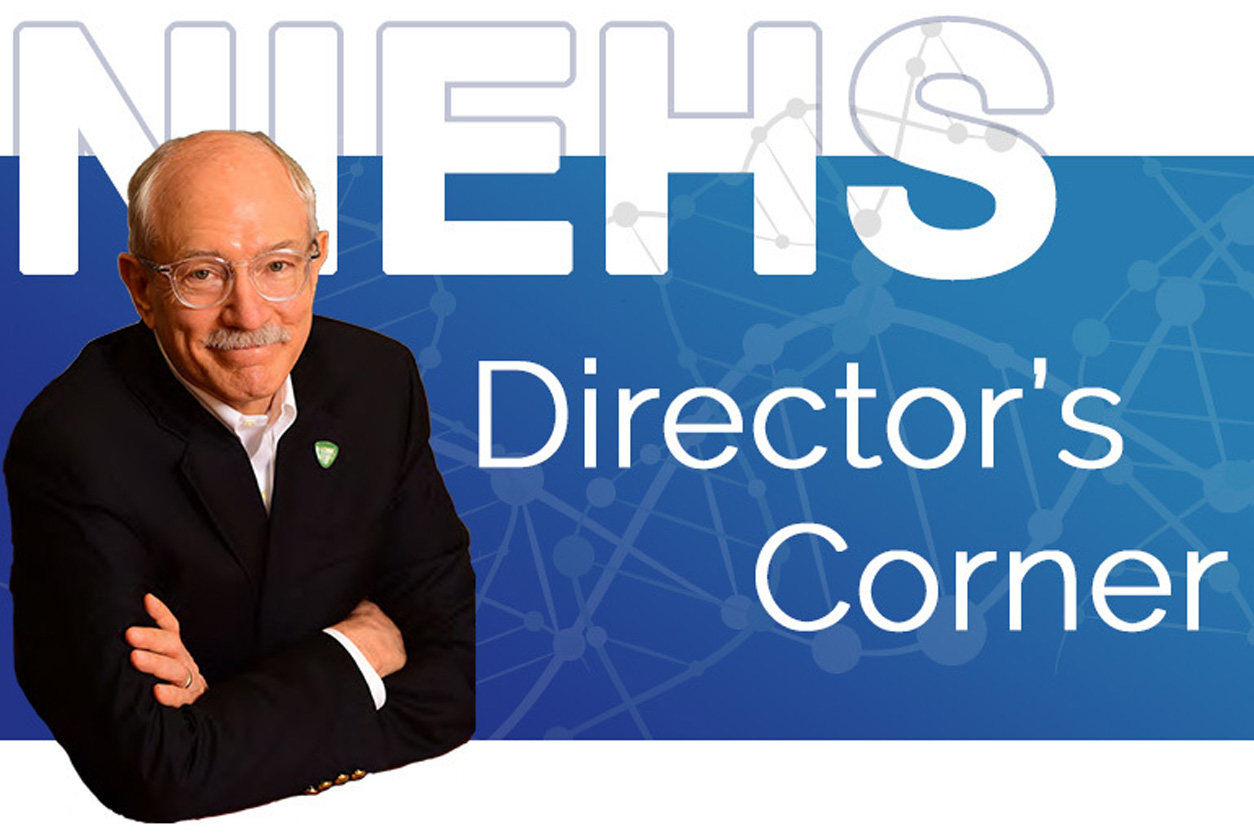
One of the great challenges in biomedical research comes after a study is completed, when it’s time to communicate findings in ways that resonate with the public. Journalists can play a critical role in this process, transforming complex science into stories that are understandable and engaging. However, with budget cuts and shrinking newsrooms, this vital work has become more difficult. Journalists need access to training, and scientists themselves need to be better equipped to share their work in plain language so that broader audiences can appreciate their discoveries.
Larry Tye, a bestselling book author and former Boston Globe reporter, recognized these challenges through his experiences covering medical and environmental topics. He responded by helping to launch the Health Coverage Fellowship more than two decades ago, in collaboration with the Blue Cross Blue Shield of Massachusetts Foundation. The fellowship, which Tye directs, provides journalists with tools they need to report deeply on health and environmental issues, and it has a strong track record of fostering high-quality, award-winning coverage.
A unique aspect of the program is that it brings in scientists, public health professionals, and thought leaders across a variety of disciplines to share their expertise with journalists. I had the opportunity to participate in this year's fellowship and discuss the latest research on climate change and its health effects. The experience reaffirmed for me the critical role that journalism plays in driving public understanding of science, as well as the importance of researchers themselves stepping out of their comfort zones and strengthening their communication.
I recently sat down with Tye to learn more about the fellowship and his thoughts on how to improve science communication. He shared insights from his journalism career and his views on how scientists and reporters can work together to boost knowledge about emerging research, spark new story ideas, and show the interconnection of our environment and human health.
Passion for journalism sparks big idea
Rick Woychik: The Health Coverage Fellowship has been running for more than two decades. Can you walk me through how it all started and what inspired you to create it?
Larry Tye: Twenty-three years ago, I was leaving the Boston Globe to transition to writing books full time, but I still had a deep interest in health journalism. A friend of mine was setting up a health foundation in Boston, and he shared my passion for journalism that covered health and environmental issues in a meaningful way. So, we came together with this idea that each year we would train a small group of journalists to do a better job reporting on these topics.
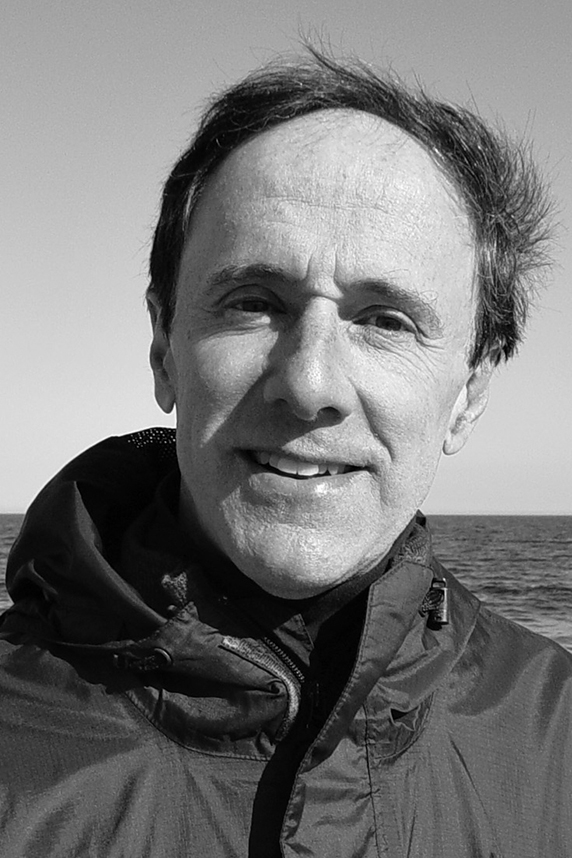
It started small, with just 10 journalists, all from Massachusetts. But every year, other organizations began to ask whether they could participate, and the fellowship grew. Today, we have a dozen foundation sponsors and bring in 13 journalists annually, many from national outlets like CNN, NPR, and the Washington Post. The fellowship runs for nine days, and we pack in an incredible amount of learning. The journalists hear from between 50 and 75 experts, many of whom are leaders in their respective fields. And it’s not just sitting in lectures. Some nights, we’re out on the street with doctors who treat the homeless and mentally ill, for example. We want the fellows to experience what’s really happening on the ground, not just in the research labs.
The goal is to create a cohort of journalists who are more knowledgeable, more connected, and more committed to covering health and environmental issues. Even after 23 years, many of the fellows from the early years still stay in touch. It’s a strong community.
Expanding coverage of climate and health
RW: The evolution of the program is amazing, and it’s clear the fellowship is having a positive impact on journalism.
LT: Yes, and I recall one of the earliest success stories from our first year. A journalist from the Boston Globe spent time with Boston Health Care for the Homeless and came across a man who was living in a tree. She wrote an incredible piece about his life, using his story as a lens to explore broader issues like mental health. That article became a finalist for the Pulitzer Prize, and today, she’s one of the leading mental health reporters at the New York Times. She comes back to the fellowship every year to help train our latest crop of participants.
Another success story involves a journalist who came through the program a few years ago. She was covering health care in rural America and was able to take what she learned in the fellowship back to her newsroom and apply it to a series of stories on the opioid epidemic. Those stories earned her national recognition and helped bring attention to an issue that was, at the time, underreported in many parts of the country.
One of my personal missions in recent years has been to encourage health journalists to cover climate change. For too long, we’ve treated climate change as an environmental issue, as distinct from a medical issue, and as something that only environmental reporters should cover. But the reality is that climate change is a health issue. It affects everything from air quality to mental health, and it’s too important to be left out of health coverage. So, we have been pushing our fellows to see climate change as part of their news beat, and I think it’s helping to make a difference.
Making science relatable
RW: I couldn’t agree more. There’s such a strong link between climate change and public health outcomes, and it’s essential that we get that message across to boost resilience in our communities. How do you encourage journalists to make that connection in their reporting?
LT: Part of the answer is to bring out the human story. Climate change can feel like an abstract, far-off problem, but when you show people how it affects their lives — whether it’s asthma, the mental health toll of extreme weather events, or the spread of vector-borne diseases — it becomes real and immediate. Smart journalists can humanize these issues and make them relatable.
During your session with the fellows this year, you did a great job describing how climate change influences our health. Several of the journalists told me afterward that they left your talk with a new understanding of how they could approach climate change in their coverage.
Institutes like yours have an incredible opportunity to educate this new generation of reporters. Your visit showed just how important it is to help journalists see the connections between climate and health, so they can bring these issues to the public in ways that haven’t been done before.
Just say ‘no’ to jargon
RW: Well, science communication is an area that I’m very interested in. I think we have a long way to go as a field. Scientists are trained to do science, but they aren’t necessarily trained to communicate in ways that evoke passion or engagement with their audience.
Over the years, I’ve found that when nonscientists speak directly to researchers generating data, those close to the experiments, the message is more compelling.
At NIEHS, we have a program where we bring teachers from across North Carolina into the lab for two weeks. They get hands-on experience with experiments and learn the scientific process. At the end of the program, they create lesson plans based on what they learned and then bring them into their classrooms. I wonder if we could do something similar with journalists — bring them in for a couple of days to interact with scientists and learn more about the research.
LT: I love that idea. I think organizing sessions at some of your major national meetings could be a great first step, too. Journalists love participating in these kinds of efforts, and in my experience, they’re always grateful for the opportunity.
Also, scientists who can communicate clearly, without jargon, are much more effective than those who cannot. So, sessions that highlight things like plain language would be helpful.
One more thing: Just by getting together and building relationships, scientists and journalists will go a long way toward building trust with one another, which is critical. One takeaway from my career is that it is important to establish relationships before a crisis or deadline hits. If scientists and journalists trust each other beforehand, it makes things smoother.
Journalists need to reach out to scientists early on, establish those connections, and show that they’re interested in accurately representing the work. Scientists, in turn, need to recognize that journalists can help them get important information out to the public.
Sharing knowledge with the public
RW: Any final thoughts for Environmental Factor readers?
LT: In terms of science and public health, there’s so much we understand now that we didn’t a generation ago. Journalists are eager to continue learning so that they can more effectively share such knowledge with the public.
But the challenge is that, with newsroom cutbacks, many outlets no longer have full-time environmental reporters. They may not even have dedicated health reporters. So, now we have generalists who might cover the environment one day and the courts the next. These reporters often don’t have the specialized knowledge to cover these issues properly.
We’re trying hard to bridge those gaps through the Health Coverage Fellowship. But I believe that NIEHS and other research institutes have a role to play, too, as do large philanthropic organizations and nonprofits, which have opportunities to financially support good journalism.
The goal is to create a pipeline of journalists who are not only informed but also passionate about telling the stories that matter most. It’s about equipping them with the tools they need to dig deeper, ask the right questions, and connect the dots between science and health. And it’s about helping researchers see journalists as partners in that process.
(Rick Woychik, Ph.D., directs NIEHS and the National Toxicology Program.)





